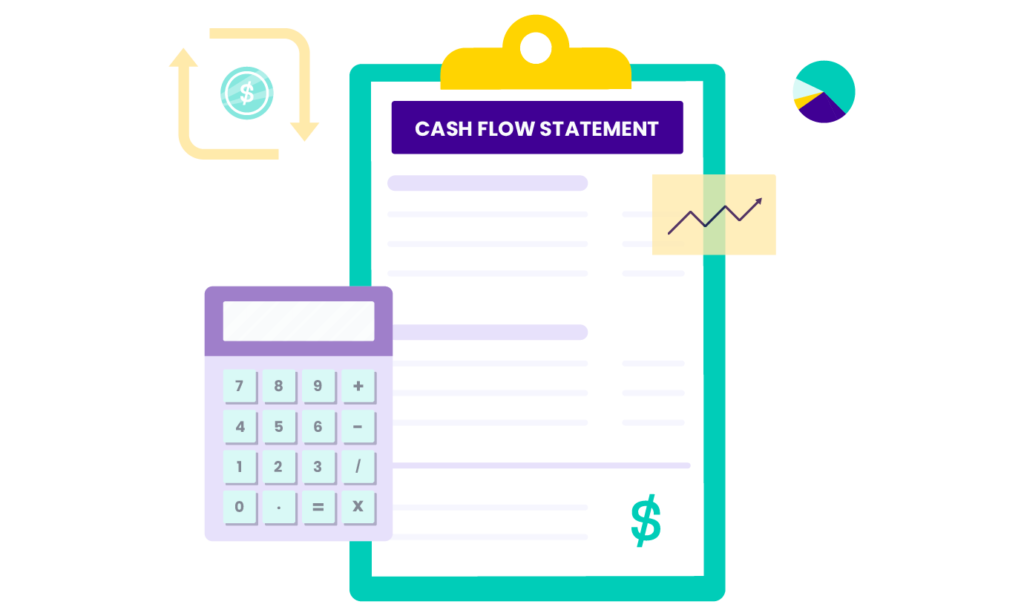Electronic commerce is a sphere of the economy that includes all financial and commercial transactions carried out using computer networks, and the business processes associated with conducting such transactions, and shopify supply theme customization.
E-commerce includes:
- electronic exchange of information;
- electronic capital movement;
- electronic commerce;
- electronic money;
- email marketing;
- electronic insurance services.
The history
The first systems were born thanks to the emergence of sales automation technologies and the introduction of automated corporate resource management systems. In 1960, American companies American Airlines and IBM began to create a system for automating the procedure for reserving seats for air flights. Thus, the SABER (Semi-Automatic Business Research Environment) system, created by IBM, makes air travel more accessible to ordinary passengers, helping them navigate the ever-increasing fares and flights. In 1964, the system could reserve seats for 26,000 passengers in one day. By automating the process of calculating tariffs when booking seats, the cost of services is reduced. This represents the very first experience of creating an e-commerce system.
1968 in the UK, to service commercial non-cash transactions, an electronic transfer and clearing system BACS was created. A similar system in the United States was founded by the New York Association of Clearing Houses in 1970 to move from settlements based on paper checks to electronic settlements. On August 12, 1981, IBM Corporation (www.ibm.com) officially introduced its first personal computer, the IBM Personal Computer (IBM PC). Less than four months after the IBM PC was announced, Time magazine named the computer “The Person of the Year 1981”.
Ebay In the 80s and 90s, e-commerce continued to develop. Let’s note the date of September 4, 1995. On this day, the eBay Internet auction (www.ebay.com) opened created as a non-commercial project by the programmer Pierre Omidyar, spread all over the world, and today is one of the largest players in e-commerce.
IBM The dynamics of the development of the e-commerce market over the past 20 years is due to the rapid growth in the number of Internet users, the increasing influence of social networks and other interactive online platforms, the dynamic development of electronic payment systems, and the transition of leading web services from the Web 1.0 technology platform to Web 2.0.
Basics of taxation and electronic money
Tax law is primarily interested in relations in the field of entrepreneurial activity. The problem of legal regulation of taxation of e-commerce is becoming more and more urgent for most states of the world, and states have not developed a unified recognized practice on this issue.
When discussing the taxation of income received from electronic business activities, one must not lose sight of the fact of the extraterritoriality of the Internet, as a result of which an economic entity can conduct business and receive income not only in the state of its residence. It is also impossible not to take into account the possibility of companies and entrepreneurs to open websites in the addressing zones of foreign states and conclude transactions in which economic entities of several states are involved. Thus, there is not only the problem of establishing the foundations of taxation of activities via the Internet but also the need to regulate the right of a particular state to participate in the taxation process of an electronic business entity.
“Electronic money” – funds previously provided by one person (the person who provided the funds) to another person who takes into account information on the number of funds provided without opening a bank account (obligated person) to fulfill the monetary obligations of the person who provided the funds to third parties persons, and in respect of which the person who provided the funds can transmit orders using electronic means of payment “.


